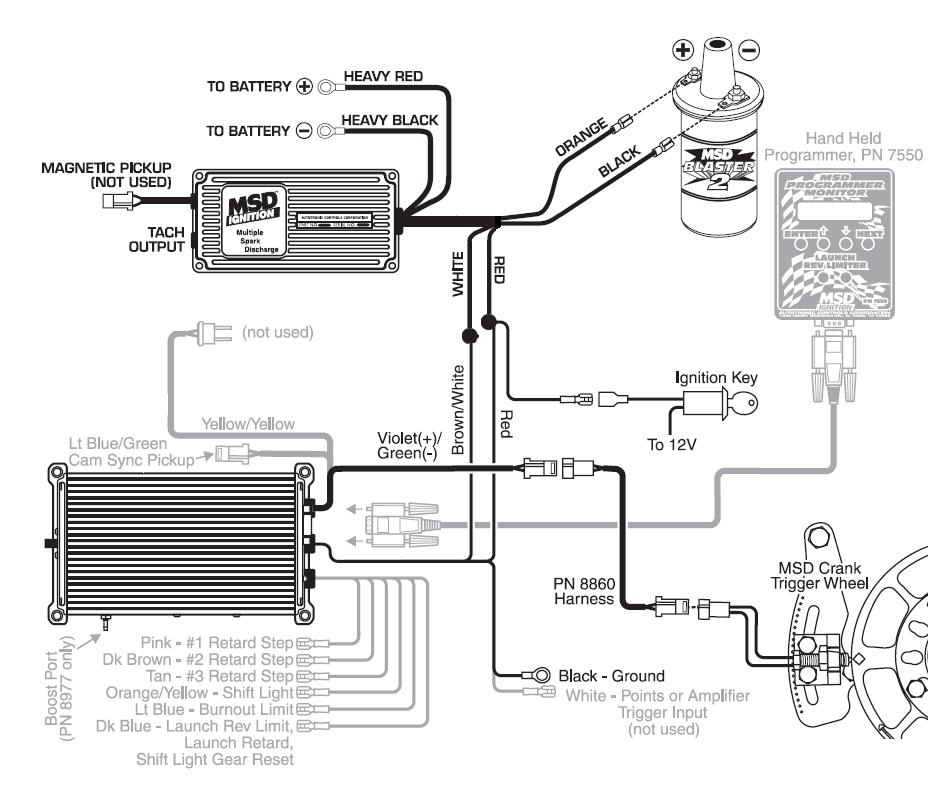Ever wondered why some electrical cords are thicker than others? Or why an electrician might recommend one type of wire over another for your project? It all boils down to the gauge of the wire, which determines the amount of electricity it can safely carry. Two common gauges you’ll encounter are 14/2 and 12/2, each specifically designed for different applications. Understanding the differences between these wires is essential for ensuring the safety and efficiency of your electrical system.

Image: schematron.org
When embarking on home improvement projects, electrical work can seem daunting. Knowing the basics of wiring, especially the difference between 14/2 and 12/2, empowers you to make informed decisions and ensure your safety. This guide will break down the differences, explain the applications of each wire, and help you choose the right one for your specific needs.
Understanding the Basics
Before diving into the specifics, let’s demystify the terminology: 14/2 and 12/2 refer to the gauge and number of conductors within the wire. The “14” and “12” indicate the American Wire Gauge (AWG) of the wire, with smaller numbers representing thicker wires. The “2” signifies that the cable contains two conductors, typically a hot wire (carrying current) and a neutral wire (carrying return current). Both also include a grounding wire, usually bare copper or covered in green insulation.
14/2: A Workhorse for Lighter Loads
14/2 wire is a popular choice for light fixtures, switches, and outlets where power consumption is relatively low. It’s often used to power things like:
- Ceiling fans
- Lamps
- Wall sconces
- Low-wattage appliances (e.g., small fans, chargers)
The thinner gauge of 14/2 wire is suitable for circuits with a maximum amperage of 15 amps. However, it’s crucial to remember that exceeding this limit can lead to overheating, potential fire hazards, and damage to your electrical system. For safety reasons, 14/2 wire should be used only for circuits with a maximum load of 1,800 watts.
12/2: A Strong Choice for Higher Loads
12/2 wire is a heavier-duty option, capable of handling greater current. This makes it the go-to choice for most outlets and circuits in residential homes. It’s commonly used for:
- General purpose outlets
- Microwave ovens
- Refrigerators
- Dishwashers
- Appliances with higher wattage requirements
12/2 wire is rated for a maximum of 20 amps, allowing for appliances with higher power demands. It offers a greater margin of safety, ensuring that the wire won’t overheat or fail prematurely under heavy loads. The thicker gauge also improves efficiency, reducing voltage drop and ensuring consistent power delivery.

Image: manualwiringdrema.z22.web.core.windows.net
Factors to Consider When Choosing
Knowing the differences between 14/2 and 12/2 is essential for making informed wiring choices. The right selection depends on several factors, including:
- Amperage Requirements: This refers to the amount of electrical current an appliance or circuit needs. Use a lower gauge wire (e.g., 14/2) for lower amperage devices and a higher gauge wire (e.g., 12/2) for higher amperage devices.
- Wattage: Wattage is the total amount of power consumed by an appliance or circuit. It’s calculated by multiplying voltage by amperage (watts = volts x amps). Use a lower gauge wire for lower wattage devices and a higher gauge wire for higher wattage devices.
- Circuit Length: The longer a wire, the more voltage drop will occur. If you’re using 14/2 for a long run, the voltage drop could be significant, resulting in diminished performance for high-power devices.
- Local Codes: Always check your local building codes and regulations before undertaking any electrical work. They may specify certain wire gauges for specific applications.
Safety Considerations
Using the wrong gauge wire can lead to serious consequences. Undersized wiring (like using 14/2 for a high-load appliance) can cause:
- Overheating: The wire can become excessively hot, potentially melting the insulation and starting a fire.
- Voltage Drop: Insufficient voltage can lead to poor performance for appliances or lighting.
- Electrical Shock Hazards: Overloaded wiring can cause insulation to degrade, increasing the risk of electric shock.
On the other hand, using an oversized wire (like 12/2 for a low-load appliance) might seem wasteful, but it’s generally safer. It ensures that the wire can handle any potential fluctuations in load without overheating or exceeding its capacity.
Tools and Techniques for Choosing the Right Gauge
If you’re unsure about the specific gauge needed, consult an electrician. Professionals have the knowledge and experience to determine the right wire for every application, ensuring both safety and efficient operation. However, there are some helpful resources and tools you can use to make informed choices:
- Electrical Load Calculator: Many online resources offer load calculators that help you determine the amperage and wattage requirements of your appliances and circuits.
- Appliance Manuals: Check your appliance manuals for information about their electrical requirements, including amperage and wattage.
- National Electrical Code (NEC): The NEC provides comprehensive guidelines for electrical wiring and installations. Refer to this code for specific requirements regarding wire gauge and applications.
Current Trends and Developments
The field of electrical wiring is constantly evolving with new technologies and innovations. Some recent advancements include:
- Advanced Insulation: New insulation materials are being developed to improve resistance to heat, moisture, and abrasion, enhancing the durability and safety of electrical wiring.
- Smart Wiring: Integrating smart technology into wiring systems allows for remote control, monitoring, and energy management.
- Sustainable Materials: Efforts are underway to develop eco-friendly wiring materials made from recycled or renewable resources.
14/2 Vs 12/2 Wiring
Conclusion
Knowing the differences between 14/2 and 12/2 wiring is a crucial step toward understanding electrical systems and ensuring the safety of your home. Choosing the right gauge wire for your application is essential to avoid overheating, voltage drops, and electrical hazards. Remember to consult reliable resources, including appliance manuals, online calculators, and the National Electrical Code. When in doubt, seek professional advice from a qualified electrician. Choosing the right wire isn’t just about efficiency, it’s about peace of mind and ensuring the safety of your home and family.






